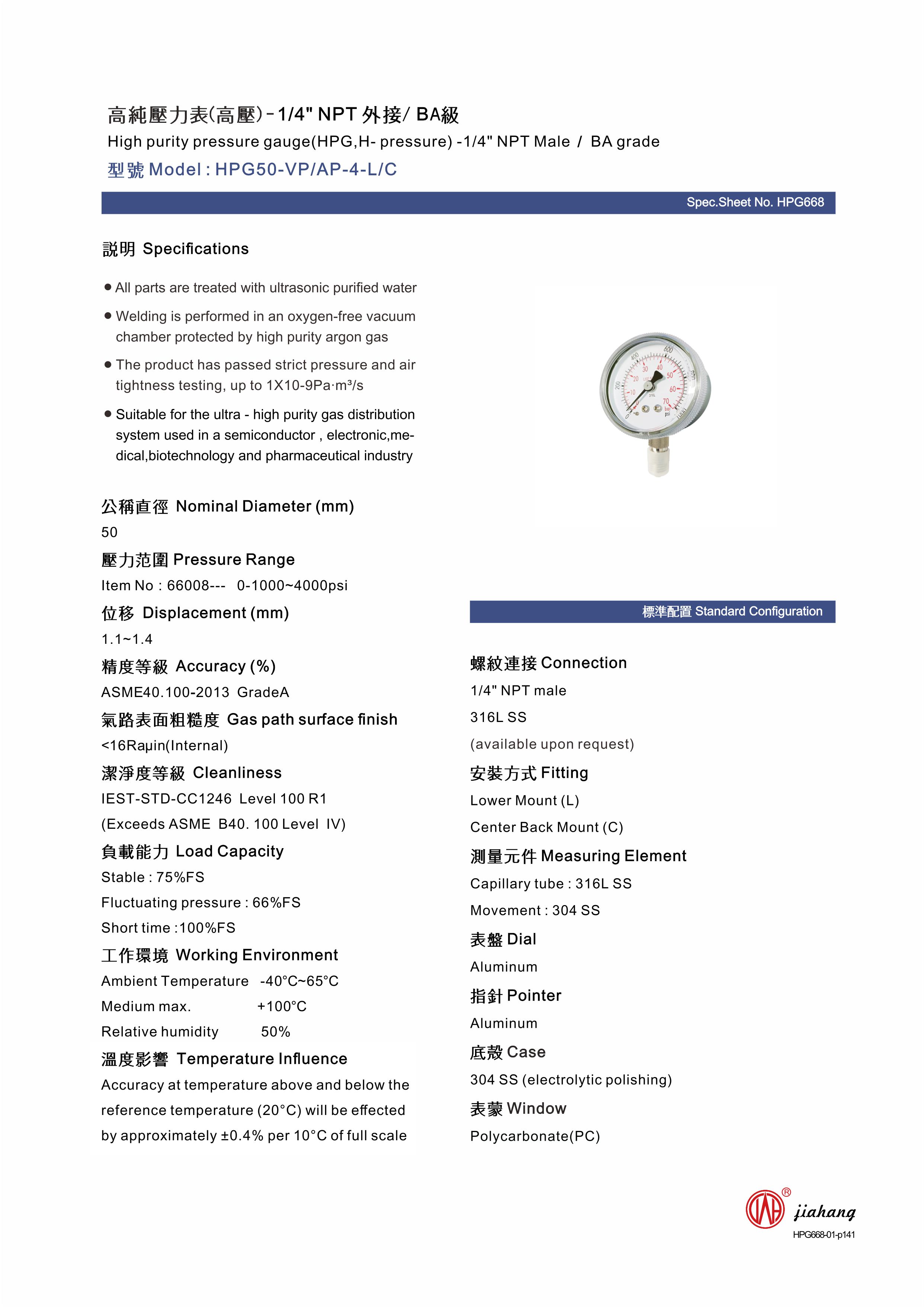
Nov . 05, 2024 18:50 Back to list
diaphragm type differential pressure gauge
Understanding Diaphragm Type Differential Pressure Gauges
Differential pressure gauges play a crucial role in various industrial applications, providing vital measurements that contribute to operational efficiency and safety. Among the various types available, diaphragm type differential pressure gauges are particularly noteworthy due to their sensitivity and reliability. In this article, we will explore what diaphragm type differential pressure gauges are, how they work, and their applications.
What is a Diaphragm Type Differential Pressure Gauge?
A diaphragm type differential pressure gauge is an instrumentation device used to measure the difference in pressure between two points in a system. These gauges are equipped with a flexible diaphragm that responds to pressure variations. When the pressure changes, the diaphragm displaces, which is then converted into a readable output, typically displayed on a dial or screen.
How Does It Work?
The working principle of a diaphragm type differential pressure gauge revolves around the elastic deformation of the diaphragm. When fluid pressure is applied to the diaphragm from both sides, any difference in these pressures causes the diaphragm to deflect. This deflection is proportional to the differential pressure and is converted into a mechanical movement that drives a pointer on the gauge's dial.
The gauge may also include a spring mechanism that helps return the diaphragm to its original position once the pressures equalize, ensuring accurate and reliable readings
. The design can vary, using materials such as stainless steel or special alloys to enhance durability and resistance to corrosion, particularly in harsh environments.Applications of Diaphragm Type Differential Pressure Gauges
diaphragm type differential pressure gauge

Diaphragm type differential pressure gauges are widely used across various industries for several applications. They are particularly common in
1. HVAC Systems These gauges help monitor airflow and pressure differences in heating, ventilation, and air conditioning systems, ensuring they operate efficiently.
2. Chemical Processing In chemical manufacturing, maintaining appropriate pressure levels is essential for safety and product quality. Diaphragm gauges are employed to monitor and control the pressure in pipelines and reactors.
3. Water Treatment They play a key role in ensuring effective filtration and flow rates in water treatment facilities by measuring pressure drops across filters and membranes.
4. Oil and Gas In the oil and gas industry, differential pressure gauges are vital for monitoring the performance of pumps and separators, ensuring optimal operations while preventing potential risks.
5. Pharmaceuticals In the pharmaceutical sector, these gauges are used to maintain precise pressure control during the production of medicines, ensuring compliance with stringent regulatory standards.
Conclusion
Diaphragm type differential pressure gauges are essential tools that provide accurate and reliable pressure measurements in a variety of applications. Their sensitivity to pressure changes and robust construction make them ideal for many industries, including HVAC, chemical processing, water treatment, oil and gas, and pharmaceuticals. As industries continue to advance, the significance of these gauges in ensuring safety and efficiency cannot be overstated. Understanding their operation and applications is fundamental for engineers and technicians aiming to optimize their processes.
-
High-Quality Pressure Gauge on Fire Extinguisher - Reliable Water Fire Extinguisher Pressure Gauge Suppliers & Exporters
NewsJul.08,2025
-
High-Quality Water Pressure Differential and Gauge Kit Reliable Manufacturers & Competitive Quotes
NewsJul.08,2025
-
High-Precision Digital Diaphragm Pressure Gauge – Reliable Manufacturer & Competitive Quotes
NewsJul.07,2025
-
Wholesale Diaphragm Pressure Gauge Supplier - Premium Quality & Competitive Price
NewsJul.07,2025
-
Digital Diaphragm Pressure Gauge Reliable & Precise Measurement Top Manufacturers Quotes
NewsJul.06,2025
-
High Accuracy Piston Type Differential Pressure Gauge - Reliable Manufacturers & Competitive Quotes
NewsJul.06,2025
